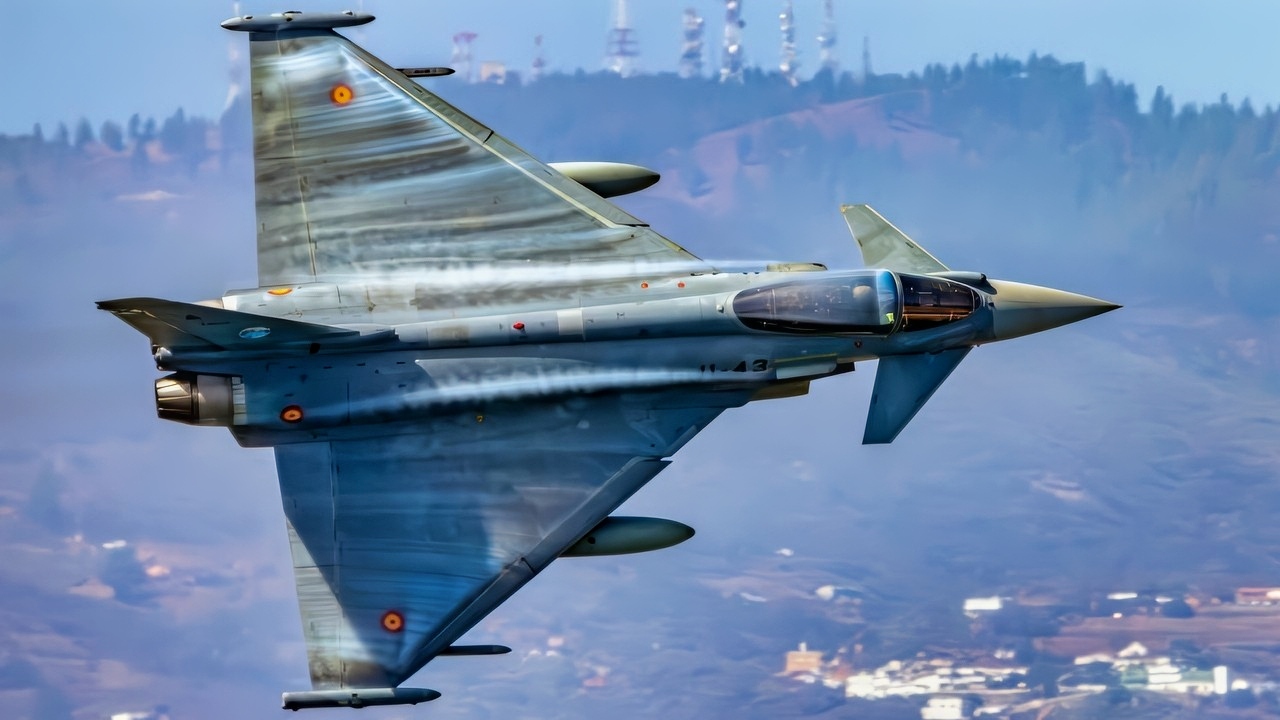Key Points and Summary – The Eurofighter Typhoon program is shifting to a new, rapid Mid-Life Upgrade (MLU) strategy to position the 4.5-generation jet as a credible European alternative to the U.S. F-35.
-The move is driven by a growing desire among European nations for strategic autonomy and to reduce their dependence on American military technology.
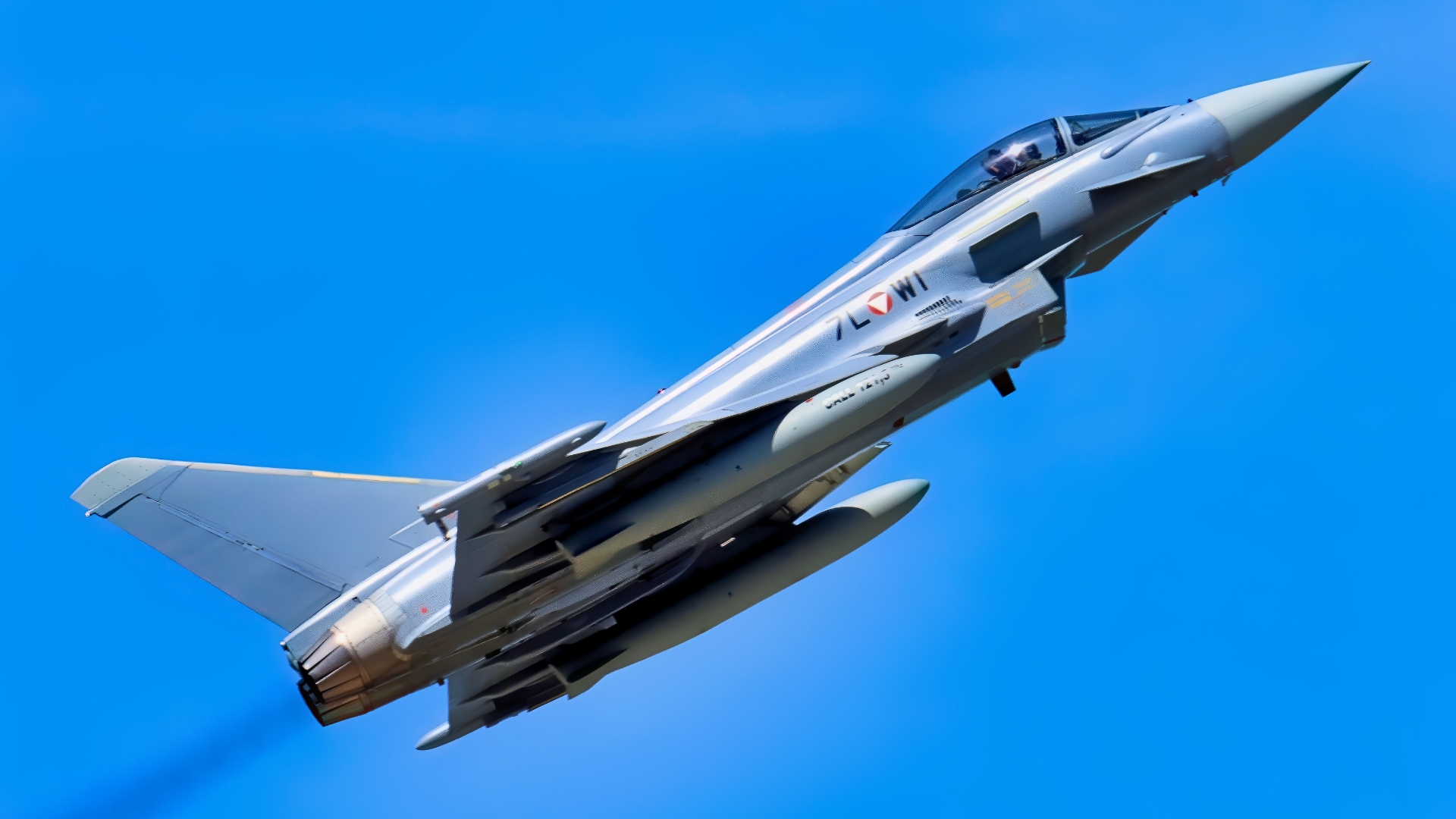
Eurofighter Typhoon. Image Credit: Creative Commons.
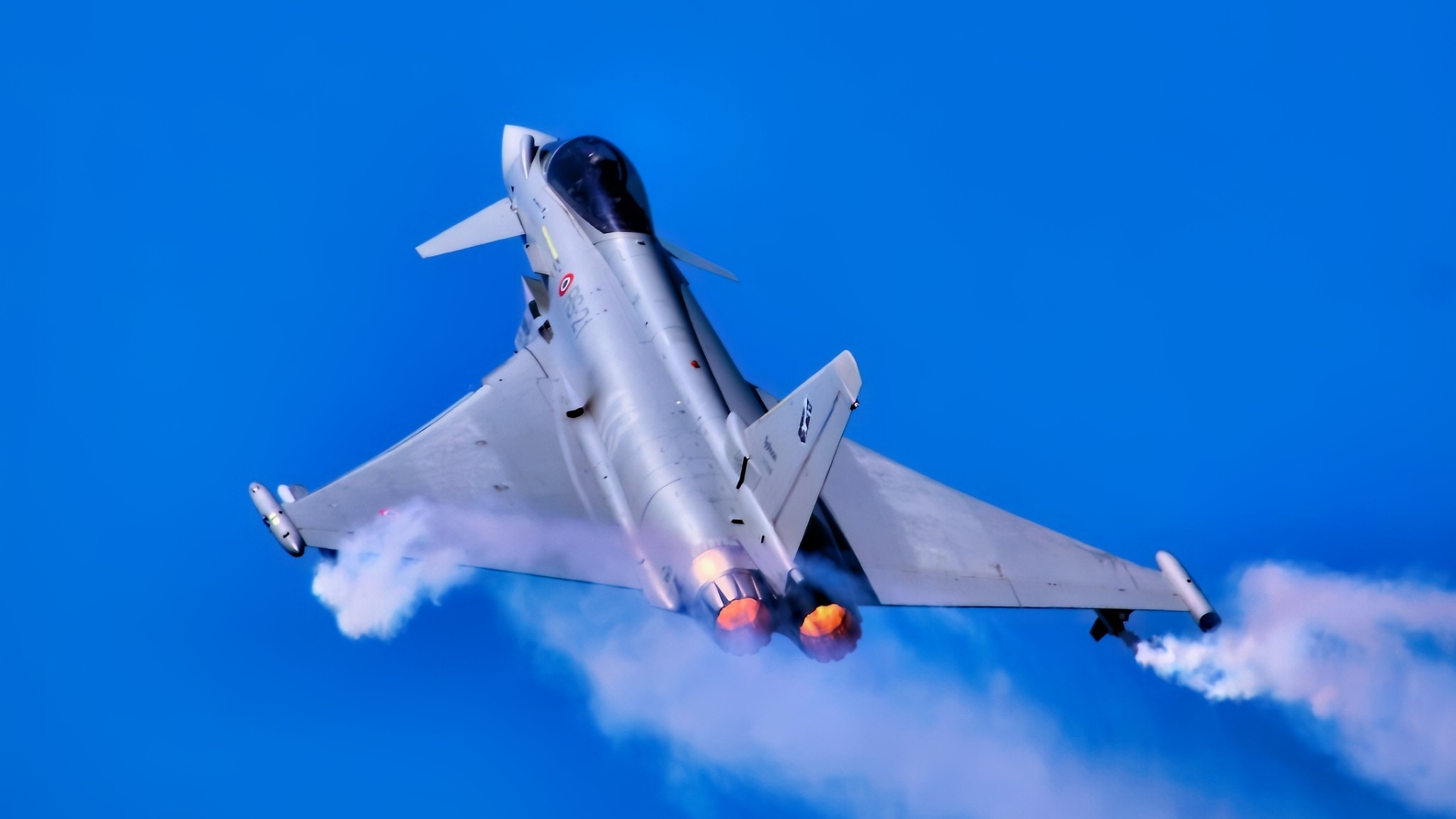
Eurofighter Typhoon Test Flight in 2013. Image Credit: Creative Commons.
-Instead of slow block upgrades, the MLU will use incremental retrofits to overhaul the Typhoon’s computing, sensors, and electronic warfare suites.
-This will turn it into a modern “networked node” and serve as a viable bridge to Europe’s future 6th-generation combat aircraft.
Eurofighter Typhoon’s Mid-Life Upgrade Aims to Rival F-35 As Europe Seeks Independence
Europe’s Eurofighter Typhoon is undergoing a fundamental strategic pivot, moving away from the “Long Term Evolution” (LTE) roadmap of incremental overhauls and moving towards a mid-life upgrade (MLU) model designed to keep the fighter jet combat-relevant well into the 2050s and beyond.
The shift in strategy comes at a moment when European nations are increasingly questioning their reliance on U.S. platforms, such as the F-35, and exploring European-made alternatives as an interim bridge to future sixth-generation systems, like the Future Combat Air System (FCAS).
Under the new plans, rather than waiting for monolithic block upgrades, the Typhoon will be incrementally modernized through a series of retrofit packages designed to address all manner of problems and bottlenecks involving computing, avionics, sensor fusion, electronic warfare, and connectivity to unmanned systems.
It is a strategy designed to turn future Typhoons into networked nodes capable of integrating with next-generation systems—a strategy already adopted by the Americans and Chinese.
Some even call this upgrade the ‘Super’ Eurofighter Typhoon.
The MLU strategy, publicly confirmed by Eurofighter CEO Jorge Tamarit Degenhardy during the 2025 Paris Air Show in June 2025, comes as Europe embraces a broader shift away from U.S. dependency.
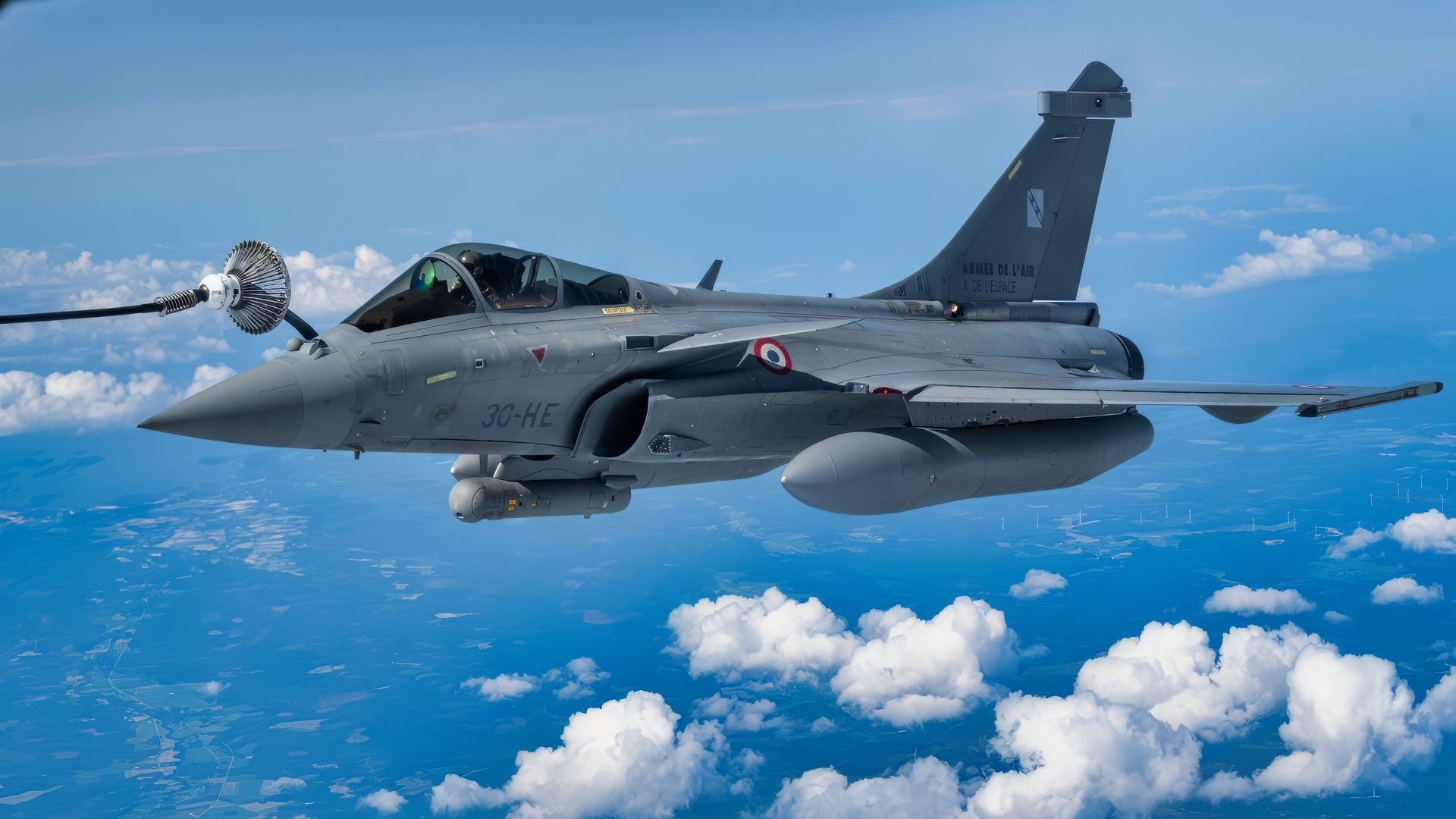
A French Air and Space Force Rafale C from Mont-de-Marsan, Fighter Regiment 2/30, Normandie-Niémen, receives fuel from a U.S. Air Force KC-135 Stratotanker from the 100th Air Refueling Wing, RAF Mildenhall, England, during exercise Atlantic Trident 25 over Finland, June 26, 2025. Atlantic Trident 25 is a recurring multinational training exercise between the U.S., U.K. and France to train in an interoperable environment, refining operational integration and ensuring Allied forces can seamlessly secure the Euro-Atlantic region. Finland hosted this iteration of the training series for the first time. (U.S. Air Force photo by Senior Airman Christopher Campbell)
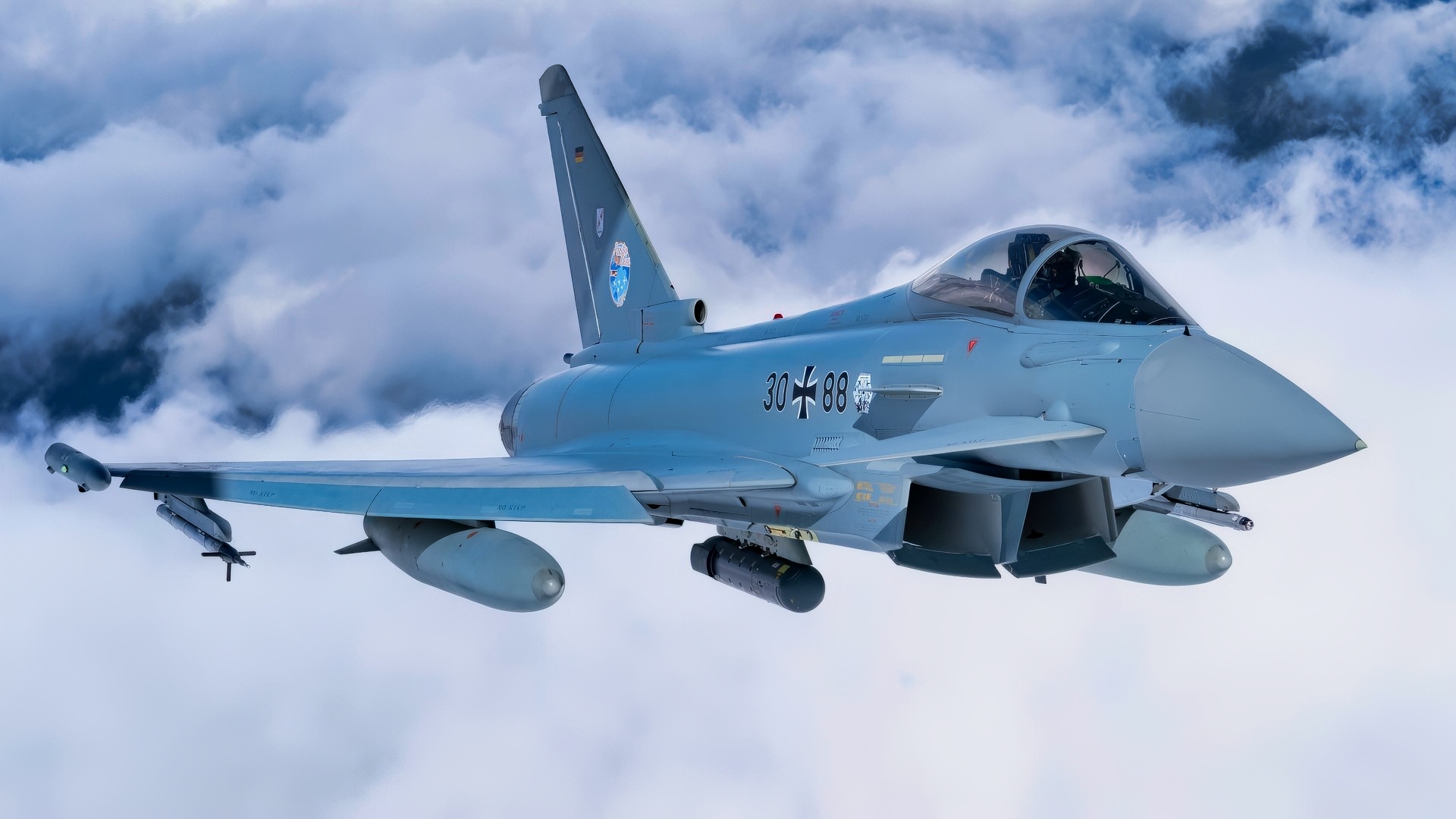
A German Air Force Eurofighter Typhoon flies over Alaska during exercise Arctic Defender 24 at Joint Base Elmendorf-Richardson, Alaska, July 8, 2024. Arctic Defender is a German Air Force-led exercise that provides a unique opportunity to integrate various forces into joint, coalition and multilateral training from simulated forward operating bases and is part of several exercises under Pacific Skies 24. Pacific Skies is a combination of several exercises in the Indo-Pacific theater in which German, French and Spanish air forces participate with U.S. forces. (U.S. Air Force photo Senior Airman Shelimar Rivera Rosado)
Several European governments are already pausing and reevaluating F-35 procurement contracts, a result of political issues, supply chain problems, and sovereignty concerns. The Typhoon is now being positioned as a credible mid-tier backbone of European air forces as they await sixth-generation platforms.
As Europe seeks home-grown alternatives to the F-35, Eurofighter plans to substantially ramp up production from approximately 14 aircraft per year today to 20 by the late 2020s, and potentially to 30 annually once export orders begin to materialize.
That growth reflects both the urgency of European forces to build combat mass and confidence in non-American technology to provide the kind of reliable platform European forces have already come to expect from American suppliers.
Europe, it seems, is betting that a viable, upgraded 4.5 or fifth-generation fighter – designed for connectivity, modular upgrades, and use alongside companion drones – can serve as a reliable and formidable “bridge” to future air dominance without being eclipsed in the meantime.
Eurofighter Typhoon Fighter Spec Sheet and History
The Eurofighter Typhoon is a twin-engine multi-role fighter developed by a consortium of four European partners: the United Kingdom, Germany, Italy, and Spain. Its first flight was in 1994, and the aircraft entered operational service in the 2000s. Over its lifetime, it has undergone several upgrades via “phase enhancement” packages to expand its air-to-air, air-to-ground, and sensor capabilities.
On paper, the Typhoon remains competitive, even if its core design is not state-of-the-art, like that of a modern stealth platform.
The aging Typhoon still boasts good maneuverability, advanced aerodynamic control surfaces, and multirole adaptability.
Over time, its avionics, radar, electronic warfare suite, and weapons integration have all undergone significant improvements through block upgrades.
Although those upgrades have proven successful, the aircraft’s age presents some challenges. The original design and internal systems were not made to process or combine the vast volumes of data that modern networked warfare demands.
It means the computer hardware onboard the Typhoon cannot handle the kind of data that new sensors produce, and therefore cannot fuse that data into something the aircraft’s own computers, pilot, or ground crew can use.
For the classic LTE model, this is a huge problem – and one that is being addressed. In December 2024, the consortium behind the Typhoon signed off on Part 1 of the LTE technology maturation phase, beginning work on upgrades to cockpit displays, mission computers, armament control systems, and avionics architecture.
In its early years, the Typhoon was primarily pitched as an air superiority fighter; however, over time, the platform has acquired strike, reconnaissance, and multirole capabilities as client demands have evolved.
Its export success has been moderate, with reports suggesting around 729 orders globally so far. But despite losing many European procurement contests to the American F-35, the Typhoon remains in service with European air forces and is now undergoing further upgrades.
U.K. Bucks Trend As Europe Prioritizes Self-Dependence
While much of Europe is tilting toward indigenous or non-U.S. combat aircraft, the United Kingdom remains conspicuous in bucking that trend – even though it’s part of the consortium that built the Typhoon.
The U.K. continues to rely heavily on the F-35 in its force structure and future planning; meanwhile, the Typhoon is becoming a more popular option across the continent. Reports suggest that Austria, Poland, Turkey, Saudi Arabia, and Portugal are all showing increasing interest in the platform.
Existing European operators, such as Germany and Spain, are also planning or executing expansions of their Typhoon fleets.
Part of the explanation for the U.K.’s divergence lies in its industrial investment. The U.K. hosts a significant share of Typhoon assembly through BAE Systems, but it has also made a substantial investment in F-35 infrastructure and its ecosystem.
For the British government, it is one of several incentives to maintain a balance between utilizing its homegrown Typhoon and America’s F-35, with another incentive being the longstanding Special Relationship between the country and the United States.
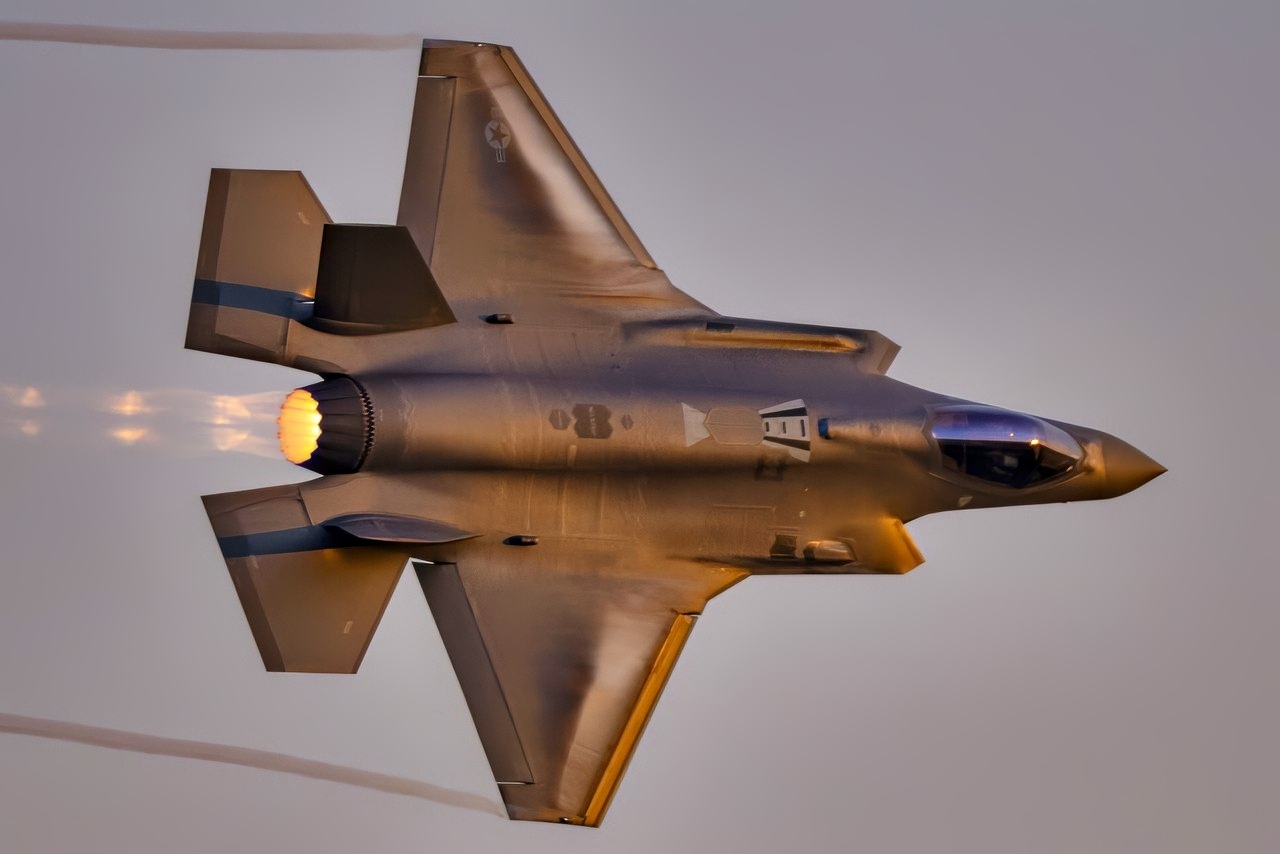
A U.S. Air Force F-35A Lightning II assigned to the F-35A Lightning II Demonstration Team performs at the Capitol Air Show over Sacramento, California, July 15, 2024. Innovations such as the F135 Smart Stacking Tooling Enhancement developed by the OC-ALC mechanics and engineers have significantly improved the rotor assembly process, increasing precision and enhancing the depot’s ability to produce the engine that powers the F-35 Lightning II. (U.S. Air Force photo by Staff Sgt. Zachary Rufus)
That said, the U.K. is still involved in Typhoon export efforts. For example, London is moving forward with a potentially significant Typhoon export deal with Turkey, following a memorandum of understanding that was signed at a defense fair in Istanbul. That deal, should it proceed, would support British jobs and keep the Typhoon alive for decades to come.
Yet despite these external sales, domestically the British military is tilting toward the F-35 and next-generation platforms, making the U.K. an outlier in Europe’s broader pivot toward self-reliance in defense procurement.
About the Author:
Jack Buckby is a British author, counter-extremism researcher, and journalist based in New York. Reporting on the U.K., Europe, and the U.S., he works to analyze and understand left-wing and right-wing radicalization, and reports on Western governments’ approaches to the pressing issues of today. His books and research papers explore these themes and propose pragmatic solutions to our increasingly polarized society. His latest book is The Truth Teller: RFK Jr. and the Case for a Post-Partisan Presidency.
More Military
‘Captain, We Have Been Hit’: A Tiny Nuclear Submarine ‘Sank’ $4.5 Billion Navy Aircraft Carrier
America’s F-35 Stealth Fighter Simply Summed Up In Just 1 Word
China’s New J-35 Stealth Fighter Simply Summed Up In Just 1 Word
The U.S. Navy Is Now ‘Cannibalizing’ Its Own Fighter Jets and Submarines
Operation Black Buck: How Avro Vulcan Bombers Broke Range Records in the Falklands War


